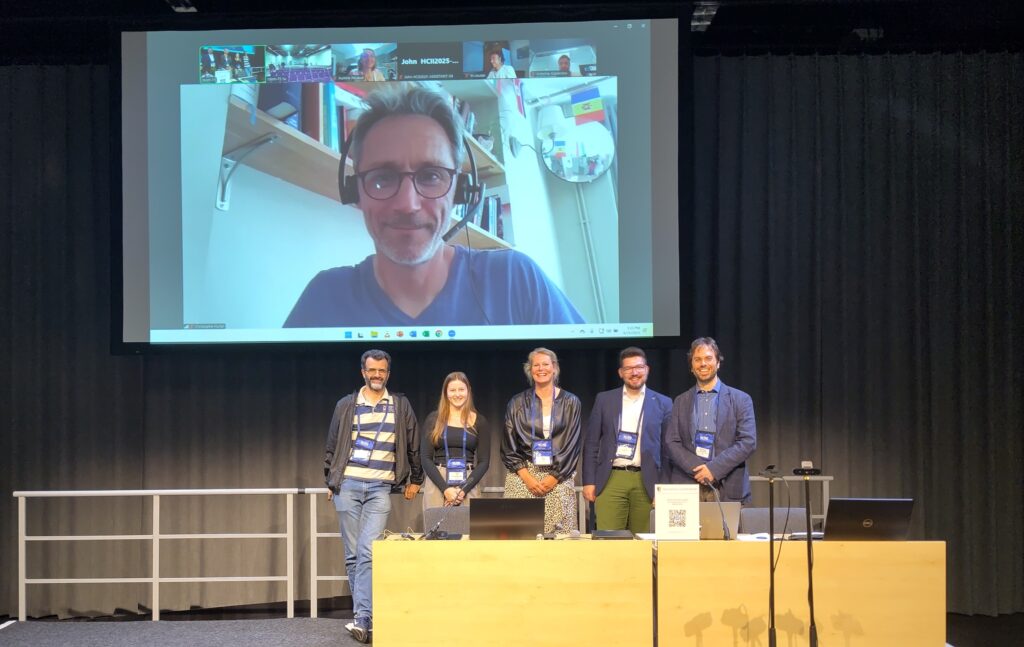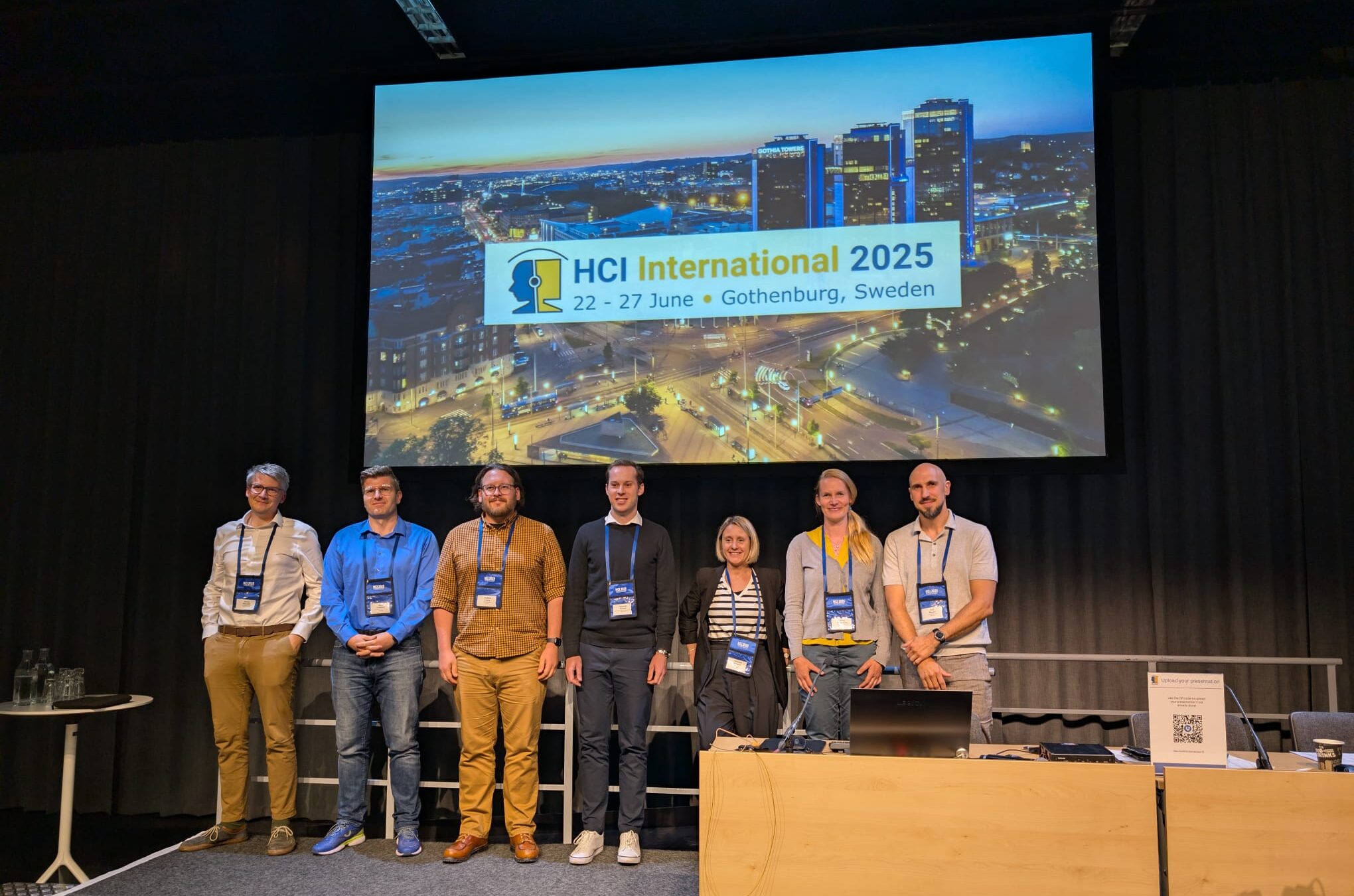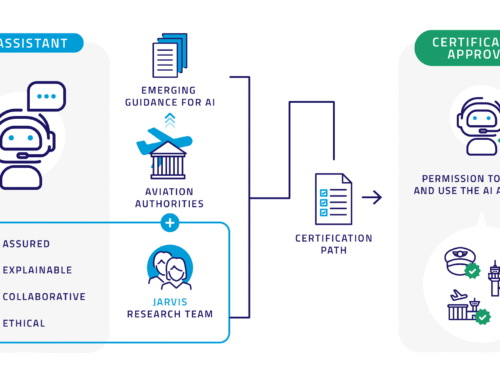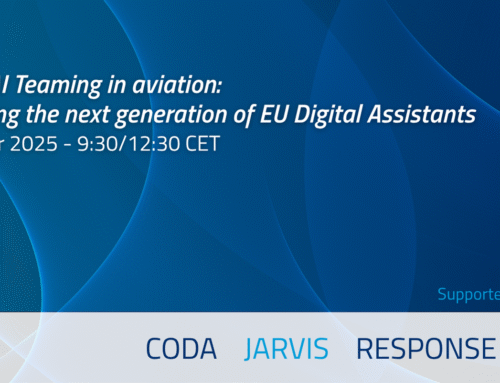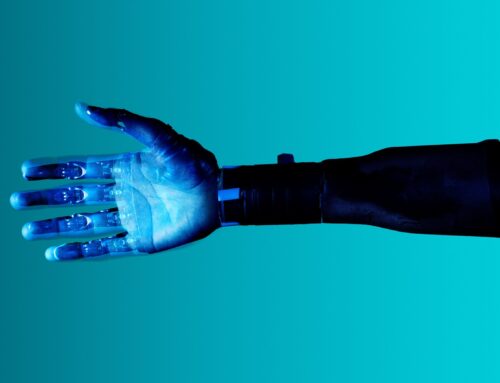The HCI International Conference 2025, held in Gothenburg on June 25th, served as a platform for exploring the evolving landscape of Human-AI Teaming. The event was key for the JARVIS project, as it fostered significant exchanges, particularly concerning the advancements and challenges within SESAR projects and the domain of Human-AI Teaming (HAT) and digital assistants in aviation.
Human Factors and Next Generation Digital Assistants
Anne Papenfuss, who leads the Foundational AI team in JARVIS, and her DLR colleague Maria Hagl, successfully co-hosted two dedicated sessions titled "Human Factors and Next Generation Digital Assistants I & II". These sessions featured twelve presentations that delved into current concepts and findings on the development of digital assistants specifically tailored for aviation. A strong emphasis was placed on recent European developments, providing an invaluable opportunity for knowledge sharing and networking within the scientific community.
The sessions highlighted initial results from the activities within the JARVIS project through two paper presentations:
- "Human AI Teaming – Challenges from a Practitioner's Perspective" by Chloë Van Droogenbroeck, Elena T. Rankova, Anne Papenfuss, Tanja Bos, and Rolf Zon.
- "Bias Influence on AI Accuracy: The Case of Air Traffic Controllers' Experience" by Aurelie Peuaud, Anthony Clerquin, and Antoine Alaverdov.
Creating synergies
Beyond JARVIS, the discussions were enriched by contributions from other SESAR projects including RESPONSE, HAIKU, SEC-AIRSPACE, HUCAN and TRUSTY, as well as additional contributions from CODA, ARTIMON, MOTO, and NINA. The presentations were enriched by academic insights shared by the University of Cranfield and the Bundeswehr University of Munich, alongside presentations on DLR's internal projects, LOKI and RESILIENCE.
'What is the current state of human–AI teaming in ongoing development processes?
The conference provided a dynamic forum for discussing a variety of important open questions. Participants explored whether and how levels of automation and the corresponding need for a certification map align with user requirements when interacting with AI systems.
A key discussion revolved around the question: 'What is the current state of human–AI teaming in ongoing development processes?' This triggered further questions, such as whether intermediate steps are necessary and how operational concepts can best be established to meet the needs of end users and the demands of future certification. Other important questions posed included a focus on the methods that could enhance the technical capabilities of current assistants to enable them to become team partners, and whether they can infer user intent.
How do we measure the impact of autonomy on human behavior and teaming?
Measuring the impact of autonomy on human behaviour and teaming and quantifying the influence of data set bias on operator acceptance of AI systems were also central themes. The evolving roles of human operators in the context of AI and how to maintain job attractiveness also sparked considerable debate. While many questions remain, the sessions emphasised that these complex issues are being carefully considered by leading experts. A key takeaway from the discussions was that we are at a crucial crossroads: should we aim to build human surrogates as team partners, or focus on developing reliable, powerful assistants that support human operators effectively?
Human AI teaming in JARVIS
JARVIS is an EU-funded project focused on developing three artificial intelligence-based digital assistants (DAs) designed to work alongside human counterparts to ensure safer and more efficient operations. The three DAs – the Airborne Digital Assistant, the Air Traffic Control Digital Assistant and the Airport Digital Assistant – comprise several integrated features that define their capabilities.
Th three JARVIS digital assistants are aimed to support and work seamlessly with human operators in air traffic management, such as airport managers, air traffic controllers and pilots. As with human-human teams, the performance of a team hinges on the quality of its teamwork processes. Therefore, the core AI challenge in human–AI teaming is designing digital assistants that function as effective team members and are capable of cooperating, or even collaborating, with humans. This is precisely why JARVIS's active participation in critical human–AI teaming discussions, such as those at the HCI International Conference, is essential.
